Vasily Storozhenko, commander of the iron company
Soviet tank aces. Vasily Yakovlevich Storozhenko - one of the Soviet tank aces. A tank battle master, he went through the entire Great Patriotic War, was awarded numerous military orders and medals, and was especially distinguished in battles on the Kursk Bulge. On the battle account of Storozhenko, there are at least 29 enemy tanks destroyed. Fellow officers for the battles on the southern face of the Kursk Bulge called him the commander of the iron company.
Life before the Great Patriotic War
Vasily Yakovlevich Storozhenko was born on April 4, 1918 in a small farm Eremin, which today is located in the Olkhovatsky district of the Voronezh region. The future tanker grew up in a simple Ukrainian peasant family. Having been educated at the Kopanyan rural school, he remained to live and work in the countryside. Before he got to the Red Army in 1938, he worked as a tractor driver.
In the armed forces, Vasily Storozhenko made the standard path for those years. The recruits who could work on the tractor knew the arrangement of the cars, they could drive different vehicles and repair them, most often they were assigned to tank troops. In archival photographs, it can be noted that Vasily Yakovlevich was distinguished by a strong physique, which is also very important in tank troops. When leaving the army in 1938, the young man could not even suspect that this part of his life would take ten years, of which four years would fall in the most terrible war in stories humanity.
Already in the army, Storozhenko discovered a new skill for himself and his comrade-in-arms: he shot perfectly from a tank gun. The ability to shoot a cannon, according to the recollections of the people who served with Storozhenko, was phenomenal. Until a certain moment, you don’t know what talents fate has awarded you.
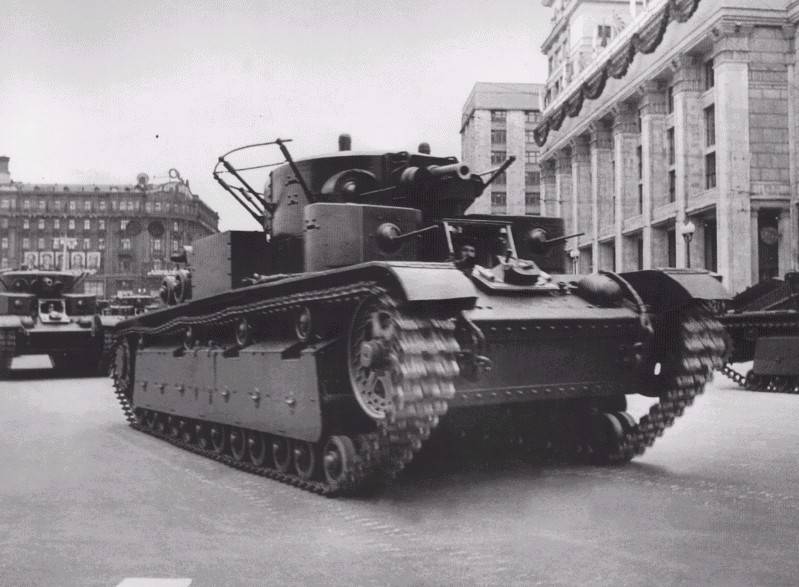
Storozhenko served in the 15th Panzer Division, which in the spring of 1941 was transferred to the formed 16th Mechanized Corps. The division was based on the territory of the Kiev Special Military District, the headquarters of the division and the 30th tank regiment from its composition were located in the city of Stanislav. Storozhenko served in a tank company of the regiment under the leadership of the future Hero of the Soviet Union, another illustrious Soviet tank ace Alexander Fedorovich Burda. At that time, Storozhenko was still a sergeant, gunner in the T-28 tank of Alexander Burda.
From the border to Moscow
Vasily Yakovlevich Storozhenko has been a participant in the Great Patriotic War since June 22, 1941. Together with his division, he passed the difficult roads of the summer battles and retreats of 1941. You can say he survived those terrible days thanks to the commander of his tank. Alexander Burda at that time was a well-trained military man, he served in the army since 1932. The crew of the famous Soviet tanker distinguished himself in battles on July 14, 1941 near Belilovka. Tankers attacked a German convoy breaking through in the direction of the White Church. In this battle, Soviet tankers shot down a German tank, and also destroyed four vehicles with ammunition and an artillery tractor with a gun.
By early August, the 15th Panzer Division had practically no material left, so on August 14, 1941 it was disbanded. The personnel were sent to the rear near Stalingrad, where a new 4th tank brigade was being formed. In this case, the tankers received and mastered the T-34 tanks, which went to them directly from the Stalingrad Tractor Plant. At the end of September, the newly made unit was concentrated in Kubinka, having 7 KV-1 tanks and 22 medium T-34 tanks. Here, the brigade was replenished with BT tanks of various models, including those that underwent repairs.
The brigade completed the formation process on October 3, 1941 and was sent in the direction of Orel. Here, from October 4 to 11, together with other parts of the Red Army, the Katukov brigade waged heavy battles with the Nazis along the highway from Orel to Mtsensk. In the battles near the village of First Warrior, many fighters and commanders of the 4th Tank Brigade distinguished themselves, among them was Sergeant Vasily Storozhenko. For participation in the battles on October 6 and 9 in this direction, he was awarded the Order of the Red Banner.
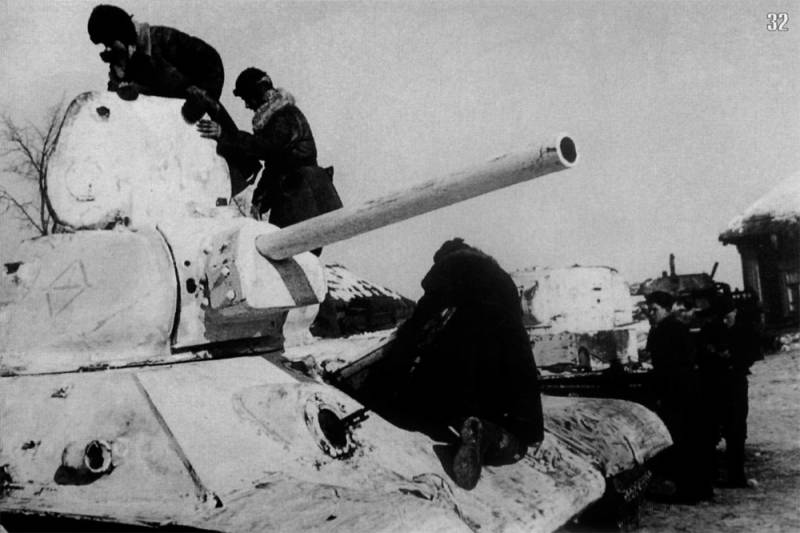
The crews of the 1st Guards Tank Brigade are preparing their vehicles for the upcoming battles. Western Front, December 1941
The award sheet states that during the battle on October 6, 1941, in the vicinity of the village of Pervy Voin, the crew of the Storozhenko tank was assigned the combat mission to reach an unnamed height in the vicinity of the village and hit the advancing German tanks on the flank. During the battle, the Storozhenko’s crew destroyed two tanks and one heavy enemy gun with the calculation, and the tankers managed to silence two anti-tank guns. On October 9, in the area of the settlements of Ilkovo-Golovlevo, the Storozhenko crew circumvented from the flank and attacked the enemy’s convoy, destroying 4 tanks and one gun with the calculation.
During the battles near Moscow in the fall of 1941, the 4th Panzer Brigade was renamed the 1st Guards Tank Brigade. Tank crews took part in the counteroffensive of Soviet troops near Moscow. They participated in many operations, until at the end of March 1942, after six months of heavy continuous fighting on the outskirts of the Soviet capital, the brigade was not withdrawn from the front to understaff.
Defensive battles of 1942 and the Battle of Kursk
In the summer of 1942, the 1st Guards Tank Brigade took part in the Voronezh-Voroshilovograd operation, conducting defensive battles with the advancing enemy units. For participation in these battles, Vasily Storozhenko, at that time already a tank and guard commander, junior lieutenant, was re-awarded the Order of the Red Banner.
The hero’s award documents state that on July 23, 1942, tankers of the 1st Guards Tank Brigade managed to drive a wedge into German positions in the vicinity of the Somovo village, bypassing the village on the right and planning a subsequent attack to the rear of the German units defending the village. During the attack, Soviet tanks came under bombardment aviation enemy, followed by a tank counterattack by the Germans. At the critical moment of the battle, when 34 German tanks left the Soviet T-8, the commander of the guard tank, the second lieutenant Vasily Storozhenko, did not flinch and attacked the enemy alone. From the well-aimed fire of the Storozhenko crew, the Germans lost three tanks, the rest decided to retreat to their original positions. In just three days of the July fighting, the crew of the Storozhenko tank chalked up 4 enemy tanks, 4 artillery pieces, 3 anti-aircraft guns, anti-aircraft guns, and 3 ammunition trucks. During these battles, the brigade command represented the second lieutenant to the Order of Lenin, but in the end he was awarded the second Order of the Red Banner.
Guard Lieutenant Storozhenko was especially distinguished during the heavy July battles on the southern front of the Kursk Bulge, where the Germans delivered their main blow, using their best tank units in this direction, including the tank corps of the SS troops. By the time the battle began, Storozhenko served as commander of a tank company as part of the 14th tank regiment of the 1st mechanized brigade of the 3rd mechanized corps. Tankers led by Vasily Storozhenko entered the battle on July 7, 1943.
On this day, the tankers of the company Storozhenko were ambushed in the vicinity of the settlements of Luhanino and Syrtsov in the Yakovlevsky district of the Belgorod region. In this direction, the Nazis sequentially brought into battle up to 250 tanks, the tankers of the elite tank-grenadier division "Great Germany" acted here. In the July 7 battles, a tank company of the Lieutenant Storozhenko’s guard, operating from ambushes, using good positions in the defense, destroyed 10 enemy tanks. At the same time, Storozhenko personally chalked up two wrecked medium tanks and one burned enemy medium tank. According to the memoirs of a veteran, that day German tankmen in the morning without reconnaissance entered the positions of the neighboring 2nd tank company. Seeing this, Storozhenko deployed his tanks and hit the enemy on the flank, fighting off an attack of 36 German tanks together.
Both companies fought with the enemy on July 8 and 9, until July 10 were transferred to the area of the village of Verkhnopenie. According to the veteran, up to 180 enemy tanks broke into this area. A company of Storozhenko fought with part of this armada. In this battle, the gunners were assisted by gunners and Katyusha rocket mortars. By straining all forces, numerous attacks of the enemy were controlled. As a result, the Germans were forced to change the direction of the main attack from Oboyan to Prokhorovka. Remembering those battles, Storozhenko noted that the July days were clear, but often the sky was simply not visible due to smoke from conflagrations, burning fields, equipment and settlements. Fighting in Verkhnopenie went on the streets of the village. The settlement passed from hand to hand several times, but the Nazis could not advance further in this direction.
In the battle on July 10, 1943, the Storozhenko crew used up all the ammunition. When the tankers left the battle, the T-34 was hit by a direct hit in the engine. Tankers had to abandon their car, having previously destroyed it. In total, in the battles on the southern front of the Kursk ledge, the Storozhenko company repelled at least 15 enemy attacks, writing down 35 enemy tanks that were destroyed and burned. In these heavy July battles, the company commander, who showed unbending stamina and courage, personally disabled 9 enemy tanks. At the same time, the company of Storozhenko in the 1st Panzer Army was nicknamed the “Iron Company” precisely for the shown stamina and courage. The command of the army, as well as the 3rd mechanized corps, set Storozhenko and his tank crews as an example to others, and a description of their military exploits fell on the pages of front-line newspapers.
By the time the battle near Kursk was over, Storozhenko had already 29 enemy tanks wrecked and burned, although he himself mentioned 26 disabled vehicles. For courage and bravery shown in the July battles, heroism and skillful command of the guard company, Lieutenant Storozhenko was awarded the Order of the Patriotic War of the XNUMXst degree.
Last volleys and peaceful life
Subsequently, Vasily Y. Storozhenko took part in the battles to liberate Ukraine and Poland. He especially distinguished himself in battles at the very end of December 1943. In the region of Plyakhov, Storozhenko’s tankers, with a sudden attack, threw back the Nazi troops, inflicting heavy losses on manpower and equipment. Tankers reported the destruction of 35 vehicles and up to 100 enemy soldiers. At the same time, during the attack, they managed to seize German warehouses with food and clothing property. During this battle, the Storozhenko unit had no casualties. For the successes achieved, including the previous December battles of the Guard, Senior Lieutenant Vasily Storozhenko was awarded the Order of Alexander Nevsky, he received the award in February 1944.
The brave Soviet tanker finished the war near Berlin with the rank of captain's guard. At that time, he was already deputy commander of the 64th Guards Tank Brigade for combatant units. Often set an example to other tankers. In March 1945 he was presented to the third Order of the Red Banner for the capture of the village of Labenets, but was ultimately awarded the Order of the Patriotic War II degree.
To end the story of this brave Soviet tank ace stands an amazing story. With his future wife, Vasily met in the village of Ivnya in the Belgorod Region in the summer of 1943, when his unit was preparing for the defense before the upcoming grand battle. Storozhenko promised Anna Afanasyevna that he would definitely stay alive and return after the war to Ivnyu, and kept his word. During the war years, the brave tanker burned six times in the tank, was wounded several times, but returned from battlefields to his native places. After his dismissal from the armed forces, Storozhenko spent his entire post-war life in Ivne. In this village, he worked for many years as the head of the regional department of social security.
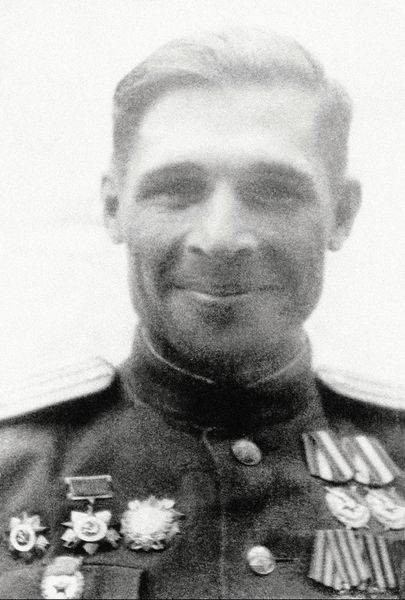
Vasily Yakovlevich Storozhenko died March 10, 1991 at the age of 72 years, was buried in the village of Ivnya. Currently, the village carefully preserves the memory of their countryman. In the local secondary school No. 1, a separate exposition is dedicated to the tanker at the school museum of local history.
- Yuferev Sergey
- Soviet tank aces. Konstantin Samokhin
The brave tankman Alexander Burda. Hero of the Great Patriotic War
Nikolay Andreev. Hero Tanker of the Battle of Stalingrad
Pavel Hudz. One KV against eighteen enemy tanks
Ivan Lyubushkin. Tanker, hero of the Moscow battle
Ivan Korolkov. From KV driver to regiment commander
Nikolay Moiseev. The tank battle master who went through the whole war
Vladimir Bochkovsky. Burned five times in a tank, but reached the Zeelov Heights
Anatoly Raftopullo. From tractor drivers to tank aces
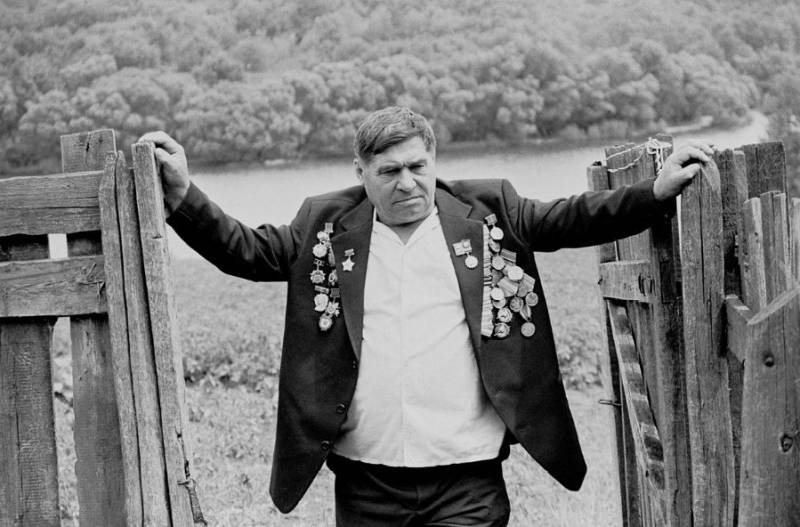
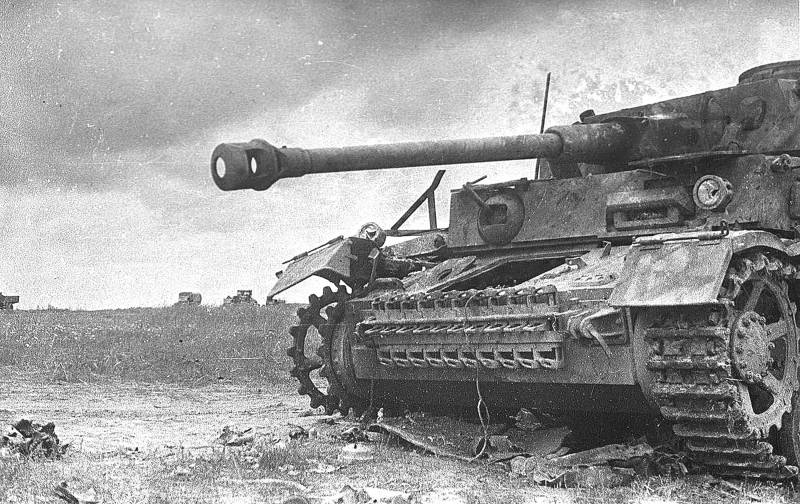
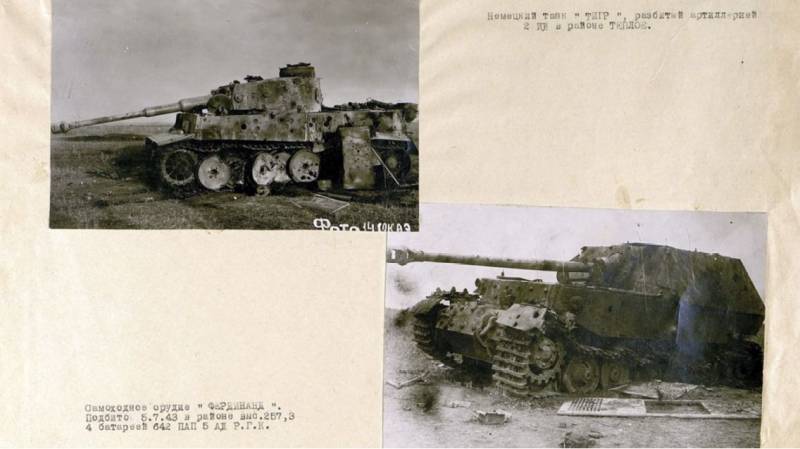
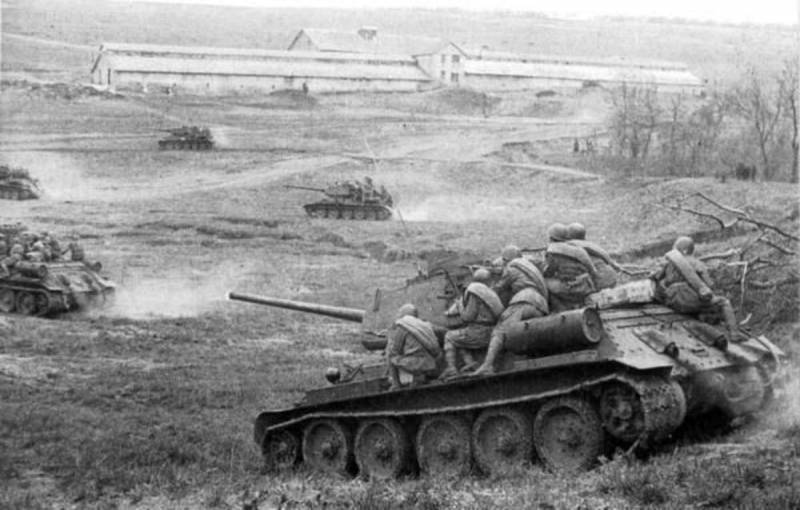
Information